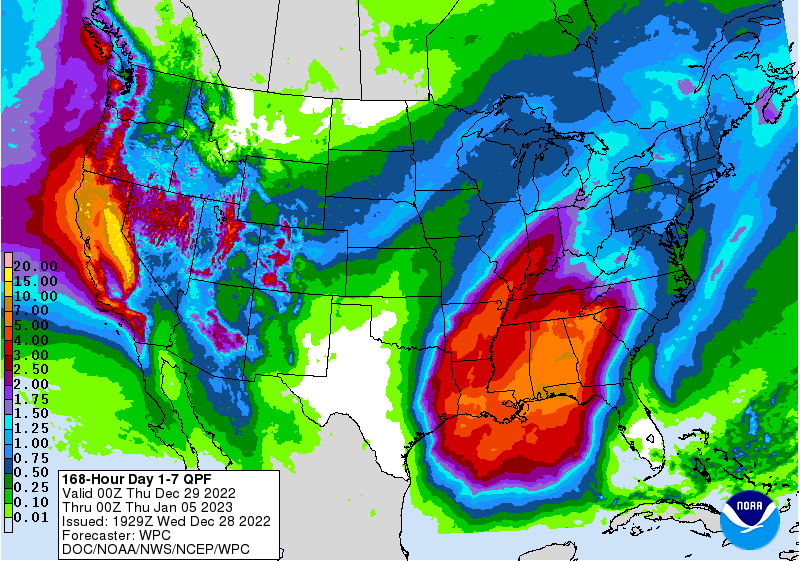PDF Attached
The
USD was up 31 points by midafternoon, WTI crude lower by about 77 cents and US equities lower. Soybeans and soybean meal ended sharply higher. Soybean oil sold off on product spreading and lower outside related vegetable oil markets. Grains ended higher. Argentina’s
weather forecast did not improve and only some areas will see beneficial rain on and off over the next ten days.
![]()
Weather
The
US warmup will continue through this weekend. US temperatures started to warm bias far southwestern growing areas Saturday, central and upper northwest of the Great Plains along with the central and southern Midwest Sunday, and upper Midwest into the northeast
Monday. The South American weather forecast (unchanged) has not changed that much, and the theme is generally the same: good rain for central and northern Brazil and lighter rain for southern Brazil and Argentina. Showers should favor Argentina’s Cordoba today
and Saturday. World Weather Inc. warned “Opportunities to plant crops will begin to run out in the middle part of January.”

